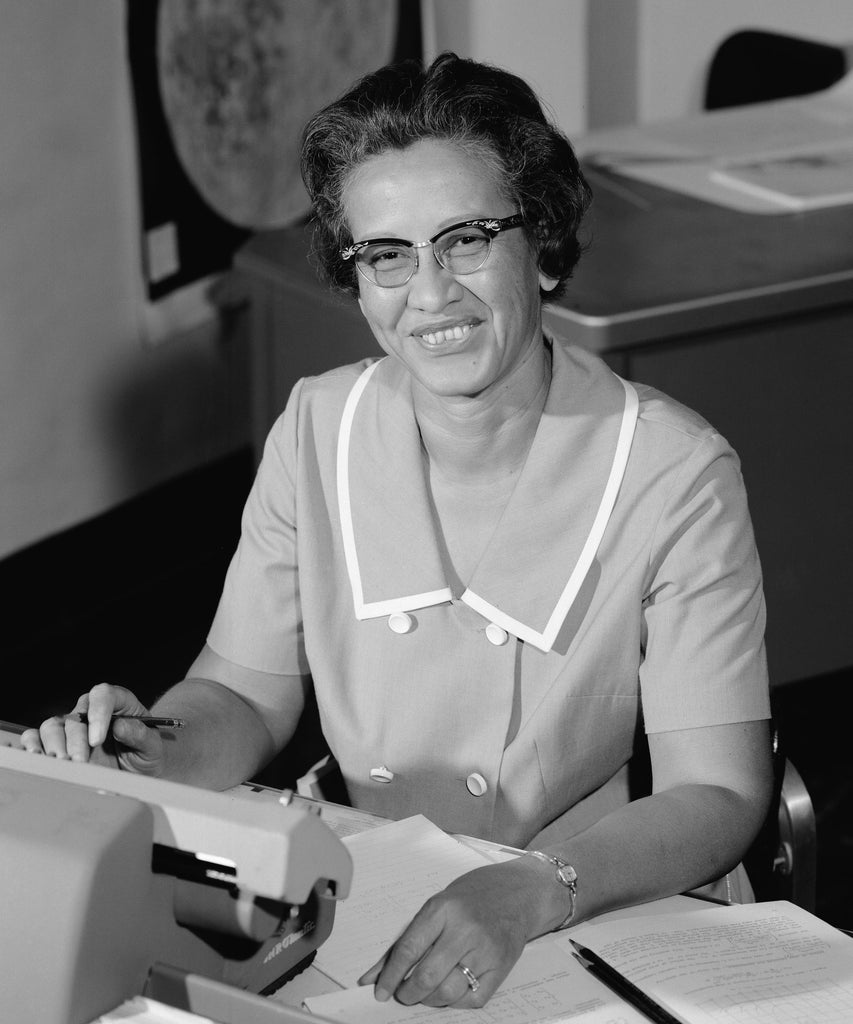
Lauded NASA mathematician Katherine Johnson, whose data skills as a “human computer” for the U.S. space program, died on February 24 at age 101. Johnson’s name was immortalized in the 2016 Oscar-nominated film Hidden Figures, where she left her legacy on women scientists across the country.
NASA took to Twitter on Monday to announce Johnson’s passing, sharing a link to multiple articles praising not only her genius and contributions to completing successful space missions but honoring her “legacy of excellence that broke down racial and social barriers.”
We’re saddened by the passing of celebrated #HiddenFigures mathematician Katherine Johnson. Today, we celebrate her 101 years of life and honor her legacy of excellence that broke down racial and social barriers: https://t.co/Tl3tsHAfYB pic.twitter.com/dGiGmEVvAW
— NASA (@NASA) February 24, 2020
Born and raised in West Virginia, Johnson earned her Bachelor of Science degree in mathematics and French from West Virginia State College at the age of 19 in 1937. Following her graduation, she went on to become a teacher in Virginia’s public school system for the next two years. In 1939, Johnson was selected by Dr. John W. Davis, president of her alma mater, as one of three black students to integrate West Virginia University’s graduate program. While she enrolled to complete her graduate degree in mathematics, Johnson’s time at the university was short-lived, as she left to start a family.
Johnson joined NASA’s National Advisory Committee for Aeronautics, or NACA, in 1953, after learning that the committee was hiring Black mathematicians — an effort led by Dorothy Vaughan. Johnson’s data analysis skills were put to the test on missions, including astronaut Alan Shepard’s Freedom 7 spaceflight in 1961, which was the first human spaceflight; astronaut Glenn’s Friendship 7 mission in 1962, the calculations Johnson is best known for today; and Project Apollo’s Lunar Module in 1968, which Johnson considered among her greatest accomplishments while at NASA.
She also became the first woman in the space program’s Flight Research Division to receive acknowledgment for a research report when, in 1960, she coauthored Determination of Azimuth Angle at Burnout for Placing a Satellite Over a Selected Earth Position with engineer Ted Skopinski. Johnson retired from NASA after 33 years in 1986.
As a Black woman, and one of the first at NASA, Johnson’s accomplishments were largely forgotten by history until the release of the three-time Oscar-nominated film Hidden Figures in 2016. Portrayed by Taraji P. Henson on the big screen, Johnson, along with colleagues and friends Dorothy Vaughn (played by Octavia Spencer) and Mary Jackson (played by Janelle Monae), was publicly acknowledged for her accomplishments on a worldwide scale. She was awarded the Presidential Medal of Freedom by former President Barack Obama in 2015, had a building on the NASA campus dedicated to her in 2017, and received the Congressional Gold Medal in 2019.
“She had a singular intellect, curiosity and skill set in mathematics that allowed her to make many contributions, each of which might be considered worthy of a single lifetime,” said Bill Barry, NASA’s Chief Historian to the Washington Post. “If we go back to the moon, or to Mars, we’ll be using her math.”
Related Content:
Like what you see? How about some more R29 goodness, right here?
NASA Dedicates Building To <em>Hidden Figures</em> Hero
NASA’s Real Hidden Figures Honored By Congress
<em>Hidden Figures</em> Inspired A State Department Program






